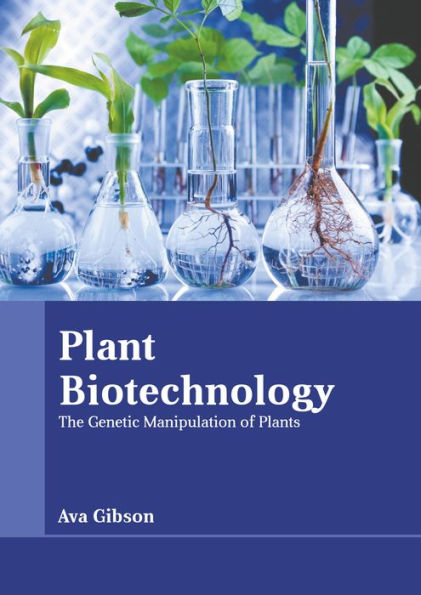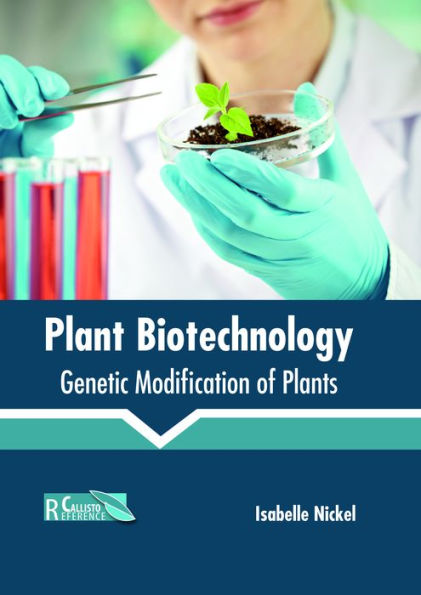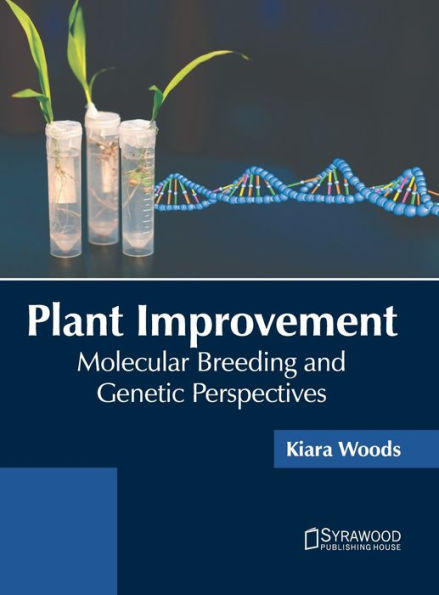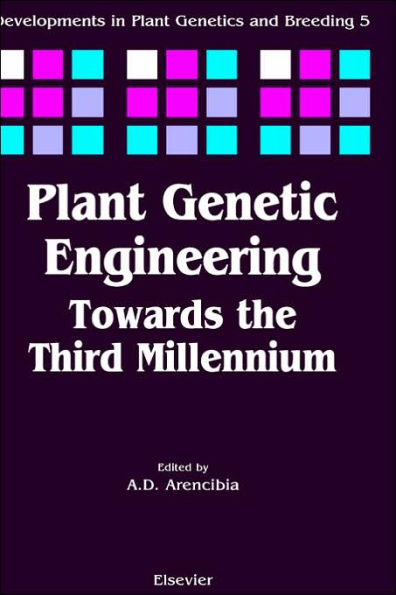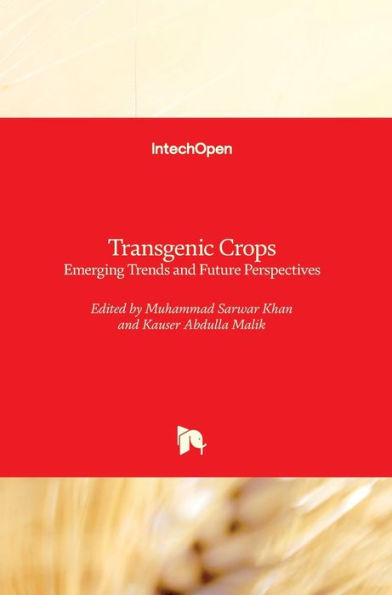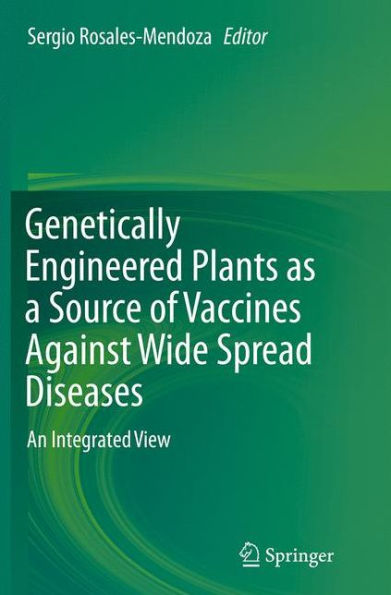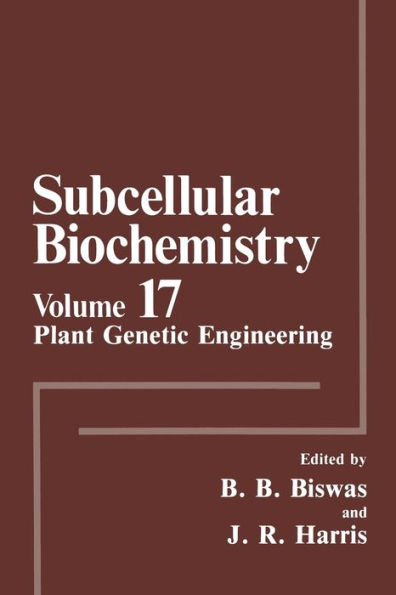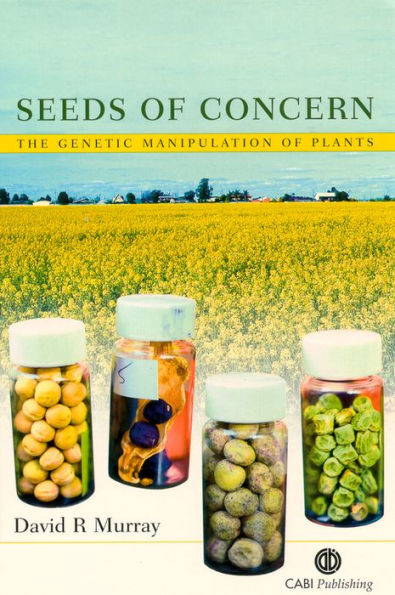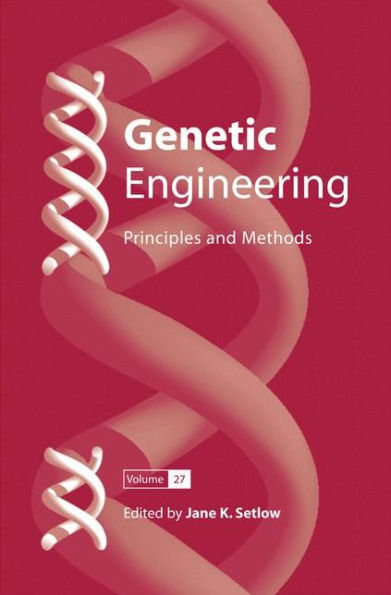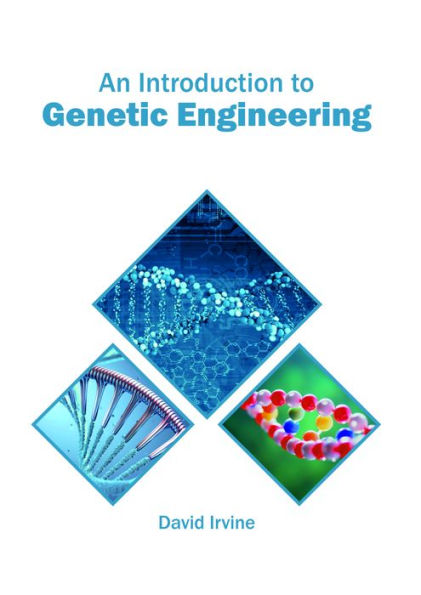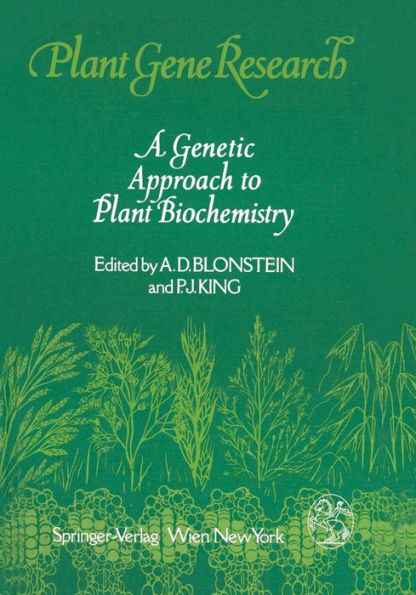Home
Genetic Engineering of Plants: An Agricultural Perspective



Genetic Engineering of Plants: An Agricultural Perspective
Current price: $109.99
Loading Inventory...
Size: OS
William C. Taylor Department of Genetics University of California Berkeley, California 94720 It is evident by now that there is a great deal of interest in exploiting the new technologies to genetically engineer new forms of plants. A purpose of this meeting is to assess the possibilities. The papers that follow are concerned with the analysis of single genes or small gene families. We will read about genes found within the nucleus, plastids, and bacteria which are responsible for agri culturally important traits. Given that these genes can be isolated by recombinant DNA techniques, there are two possible strategies for plant engineering. One involves isolating a gene from a cultivated plant, changing it in a specific way and then inserting it back into the same plant where it produces an altered gene product. An example might be changing the amino acid composition of a seed protein so as to make the seed a more efficient food source. A second strategy is to isolate a gene from one species and transfer it to another species where it produces a desirable feature. An example might be the transfer of a gene which encodes a more efficient pho tosynthetic enzyme from a wild relative into a cultivated species. There are three technical hurdles which must be overcome for either strategy to work. The gene of interest must be physically isolated.
